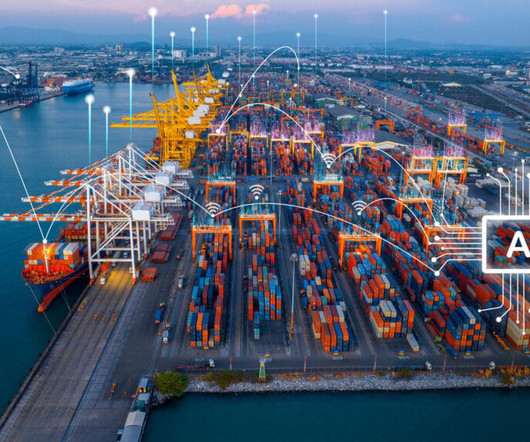Getting Started with AI in Supply Chain
Logistics Viewpoints
JANUARY 25, 2024
Instead of searching for and reading multiple help documents, the planner can simply ask for help in natural language and receive an answer that is a single, synthesized explanation of those sources in Portuguese (even if the documentation is in English).














Let's personalize your content